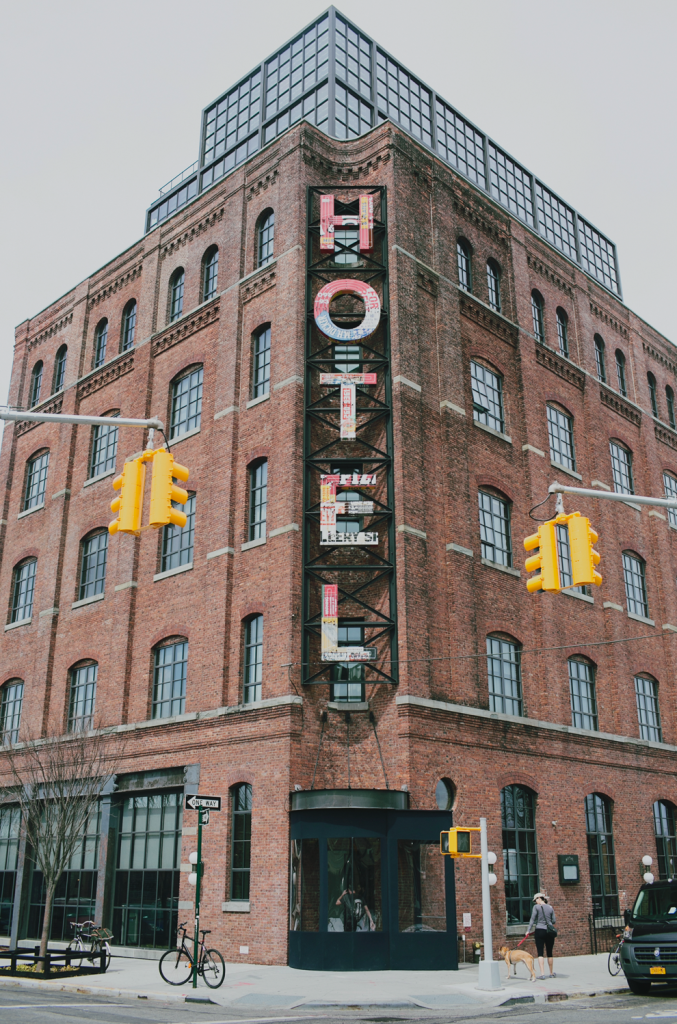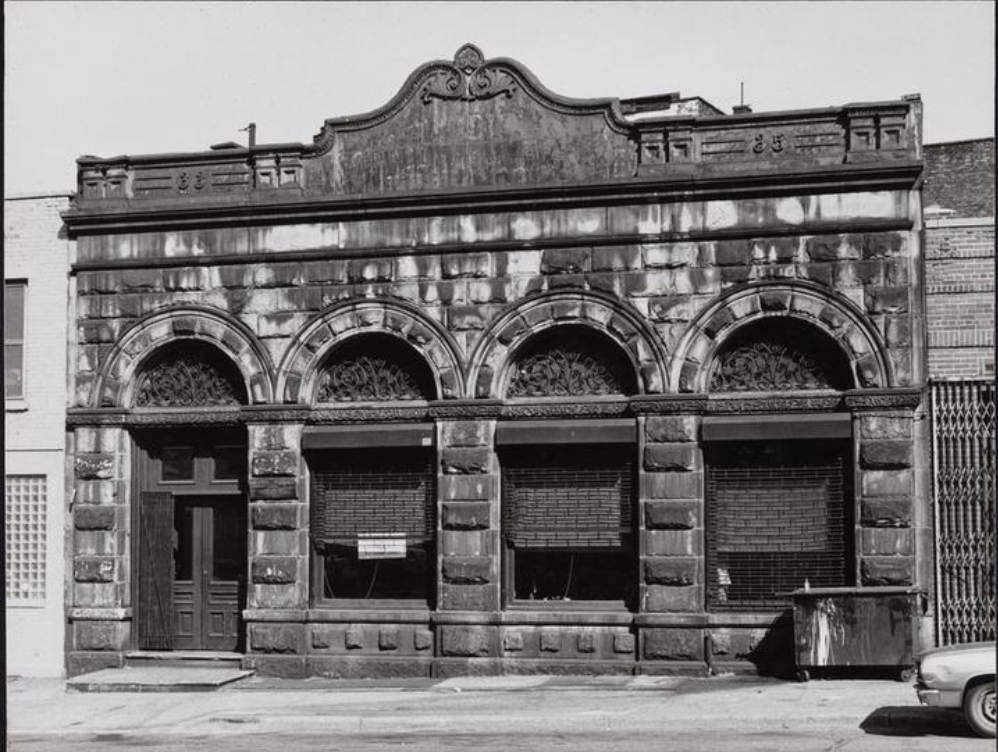Theobold Engelhardt: Iconic Williamsburg Architect


You certainly know his buildings, but probably do not know his name. Theobold Engelhardt played a huge role in shaping our local architectural heritage. His buildings are local landmarks and some of our most gorgeous buildings are his handiwork, yet few people today realize his important local legacy.
Timing can mean the difference between success and failure and Engelhardt began his career just as a local building boom was hitting Greeenpoint. Born in Williamsburg in 1851, Engelhardt, A German-American, came of age just as German influence in this area was at its peak. Engelhardt became one of Brooklyn’s most prolific architects, designing hundreds of structures that include a range of buildings from factories and churches to stores and homes. He followed in his father Philip Engelhardt’s footsteps. Engelhardt’s father , a German who emigrated here after the failed political revolutions of 1848-49, began as a North Brooklyn builder. His son Theobald received his early education at the Williamsburg Turn Verein School, a German language school. He then studied at the Cooper Institute where he received a certificate in architecture in 1869. After graduation, he apprenticed in his father’s construction firm, where he prepared blueprints, supervised construction projects and quickly mastered the trade.
After his father’s retirement in 1877, Theobald established his own architectural firm, which quickly took off. His buildings became landmarks all over Brooklyn including Greenpoint where he designed the Greenpoint Home for the Aged, St John’s Lutheran Church and Eberhard Faber Pencil Plant. In Bushwick he designed Arion Hall and the Ulmer and Bossert mansions. In Williamsburg he designed the Northside Savings Bank at 33-35 Grand Avenue and the Weidmann Cooperage, which later was transformed into the Wythe Hotel.
Hi buildings employ a number of architectural styles including Queen Anne, Romanesque Revival and Gothic revival. Red brick walls are often a signature Engelhardt building feature. His son, Theobald Henry Engelhardt Jr., would join his father in his architectural practice in 1908. He was a graduate of Pratt Institute and the University of Pennsylvania.
In 1915, after almost a half century of work in Brooklyn, he retired and settled in Richmond Hill, Queens where he lived until his death in 1935. Having built 300 buildings just in North Brooklyn, Engelhardt’s contributions in beautifying our area are still everywhere more than a century after their completion, but his name remains obscure.